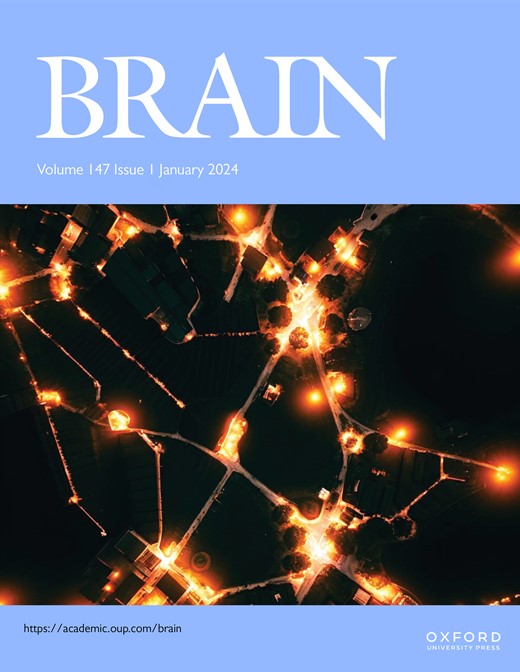中风后的运动学习:我们学到了什么,未来会发生什么
IF 11.7
1区 医学
Q1 CLINICAL NEUROLOGY
引用次数: 0
摘要
每年,全球有数百万新的中风幸存者。多达75%的中风幸存者会有上肢活动障碍,影响日常活动,如吃饭和梳洗。中风康复实践往往依赖于运动学习原则,以促进运动功能的恢复。尽管中风相关的脑损伤可能会改变这些过程,但在治疗环境中应用的许多原则都来自于对健康成年人的研究。其他研究集中在中风恢复的慢性阶段(中风后6个月),尽管大多数康复发生在中风后的最初几周和几个月。目前尚不清楚运动学习和潜在的神经可塑性变化在早期(急性和亚急性)和晚期(慢性)康复阶段有何不同。基于证据的理解运动学习如何在中风后早期受到影响,以及这些变化如何与运动恢复过程相互作用,可能有助于改善康复结果。本文主要介绍了运动学习的两大类:运动技能学习和感觉运动适应。我们对中风幸存者的研究进行了全面的回顾,围绕一个概念框架进行组织,研究中风后运动学习是如何受损的,哪些临床和人口因素与运动学习能力相互作用,以及大脑中哪些部位的病变与较差的预后相关。我们强调了未来研究的重点,包括中风后运动学习的早期评估,大规模的纵向研究,研究之间可比性的标准化设计,以及更好地理解可能改变学习的因素,如强化和明确的任务指导。最后,我们提出建议,以帮助弥合运动学习研究和中风康复实践之间的差距。本文章由计算机程序翻译,如有差异,请以英文原文为准。
Motor learning after stroke: what we’ve learned and what lies ahead
Each year, there are millions of new stroke survivors globally. As many as 75% of stroke survivors will have impairments in moving their upper limb(s) that compromise daily activities like eating and grooming. Stroke rehabilitation practices often rely on motor learning principles to facilitate the recovery of motor function. Many principles applied in a therapy setting have been derived from studies involving healthy adults, even though stroke-related brain damage may alter these processes. Other studies have focused on the chronic stage of stroke recovery (>6 months post-stroke), despite most rehabilitation taking place in the first weeks and months post-stroke. It is unclear how motor learning and the underlying neuroplastic changes differ from early (acute and subacute) to late (chronic) stages of recovery. An evidence-based understanding of how motor learning is affected early after stroke, and how these changes interact with the course of motor recovery may hold promise for improving rehabilitation outcomes. In this review, we focus on two major categories of motor learning: motor skill learning and sensorimotor adaptation. We provide a comprehensive review of studies of stroke survivors, organized around a conceptual framework that examines how motor learning is impaired after stroke, what clinical and demographic factors interact with motor learning capacity, and where in the brain lesions are associated with poorer outcomes. We highlight key priorities for future research, including early post-stroke assessment of motor learning, large-scale longitudinal studies, standardized designs for comparability between studies, and a better understanding of factors like reinforcement and explicit task instruction that may alter learning. We conclude with recommendations to help bridge the gap between motor learning research and stroke rehabilitation practice.
求助全文
通过发布文献求助,成功后即可免费获取论文全文。
去求助
来源期刊

Brain
医学-临床神经学
CiteScore
20.30
自引率
4.10%
发文量
458
审稿时长
3-6 weeks
期刊介绍:
Brain, a journal focused on clinical neurology and translational neuroscience, has been publishing landmark papers since 1878. The journal aims to expand its scope by including studies that shed light on disease mechanisms and conducting innovative clinical trials for brain disorders. With a wide range of topics covered, the Editorial Board represents the international readership and diverse coverage of the journal. Accepted articles are promptly posted online, typically within a few weeks of acceptance. As of 2022, Brain holds an impressive impact factor of 14.5, according to the Journal Citation Reports.
 求助内容:
求助内容: 应助结果提醒方式:
应助结果提醒方式:


